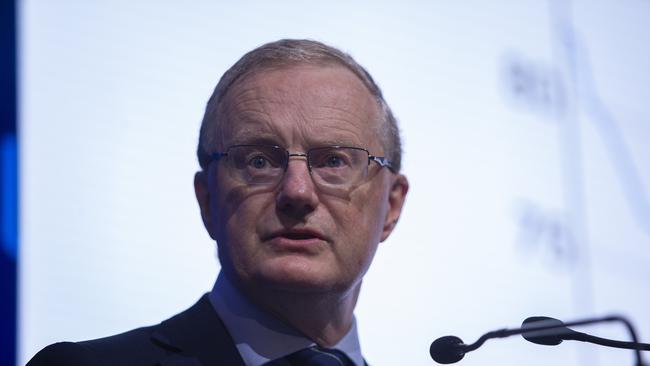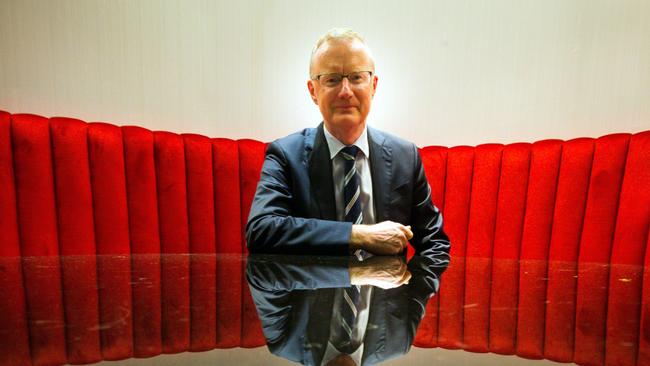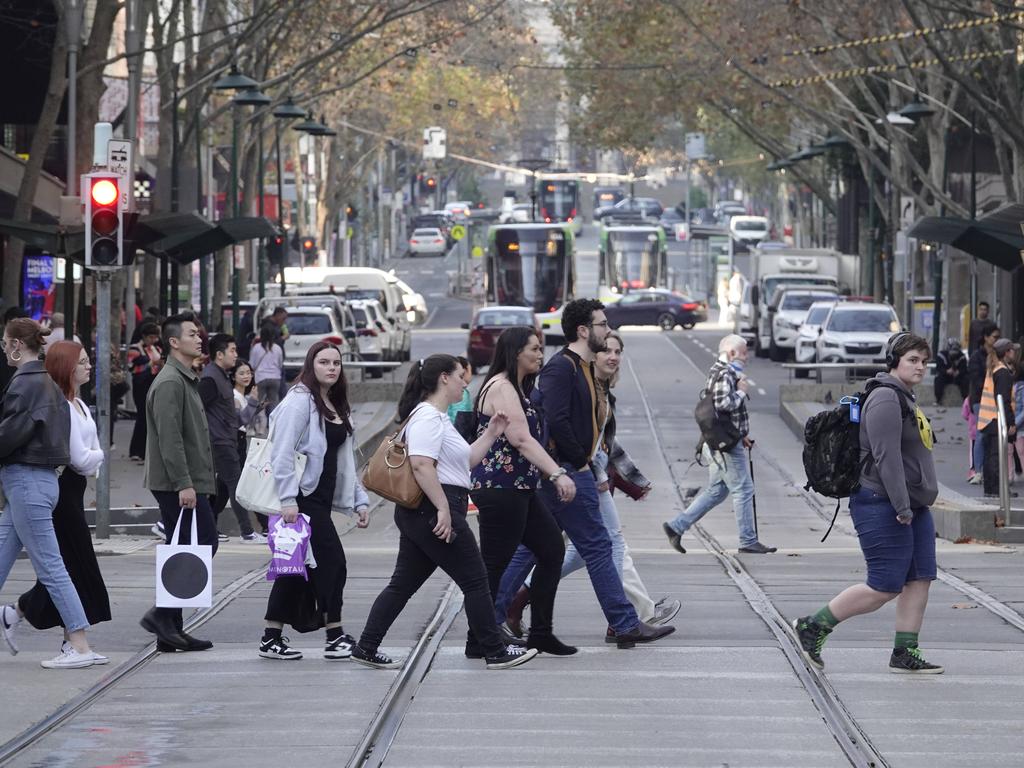Rate hike was a ‘finely balanced’ decision: RBA
Reserve Bank board minutes show the call to hike at the last board meeting was a close-run thing, with members also considering the arguments in favour of holding the cash rate steady.

Reserve Bank board minutes reveal it was a “finely balanced” decision to hike at its most recent meeting, with board members discussing the case for holding the cash rate steady.
Amid growing criticism that the RBA’s now 12 rate hikes will drive the economy into recession, the minutes noted, “members acknowledged the considerable uncertainty regarding the outlook for household spending and the financial stresses facing some households”.
“The case for holding the cash rate unchanged at this meeting rested on the slowing in the economy and the possibility that the significant increases in interest rates to date would lead to the economy slowing more sharply than expected,” he said.
Nevertheless, the board ultimately decided in favour of an increase to 4.1 per cent.
The board members cited growing concerns that April’s hotter-than-anticipated monthly consumer price figure, the prior week’s 5.75 per cent increase to the minimum wage, and an unexpected property market recovery.
These developments “had shifted the balance of risks on inflation to the upside compared with a month earlier,” the minutes noted.

The minutes make clear that board members have become increasingly uncomfortable about the bank’s forecasts that inflation would “only” return to the top of the 2-3 per cent target range by mid-2025.
“The recent data suggested that inflation risks had shifted somewhat to the upside,” the minutes said.
“Given this shift and the already drawn-out return of inflation to target, the board judged that a further increase in interest rates was warranted. This increase would provide greater confidence that inflation would return to target over the period ahead.”
The RBA board discussed that workers and companies were matching wage and price increases to past inflation – an early sign that an inflationary psychology was beginning to take hold in the economy.
“These developments created an increased risk that high inflation would be persistent, which would make it more difficult to keep the economy on the narrow path,” the minutes said.
RBA board members said the economy “still looked to be traversing a narrow path on which inflation comes back to target while the unemployment rate rises but remains low”.
They noted, however, that there were significant risks and uncertainties to staying on this path.
Prior to the release of the minutes, financial markets were pricing in a 45 per cent chance of a hike in July, but the view among economists is that the chance is higher than that.
The Labor government appears to have lost faith in Dr Lowe, with Anthony Albanese publicly mocking the governor’s prediction in 2021 that rates would stay at virtually zero until 2024.
It’s widely believed that Jim Chalmers will not extend Dr Lowe’s seven-year term beyond its expiry in September, with a decision on the governor’s fate due in coming weeks.
While consumption has been crushed under the weight of climbing borrowing costs and high inflation – helping drive economic growth down to just 0.2 per cent in the March quarter – the labour market has proved so far remarkably resilient and at its tightest in decades.
Labour force data released last week showed unemployment ticked lower to 3.6 per cent in May, leaving it lower than when the RBA launched its shock-and-awe series of rate hikes a year earlier.
But the pressure from the dozen rate hikes, combined with soaring cost of living, is taking its toll on consumer sentiment and weighing on spending.
Households are now gloomier about the state of their finances than they were at the peak of the pandemic, with ANZ’s latest weekly confidence survey showing the weakest reading since the peak of the health crisis.
NAB economists warned “recessionary forces are gathering”, as the bank warned growth would essentially stall in the second half of this year. Unemployment would climb to 4.2 per cent by the end of this year, and to 5 per cent by December 2024, the bank said.








To join the conversation, please log in. Don't have an account? Register
Join the conversation, you are commenting as Logout